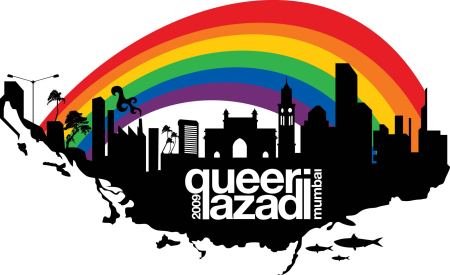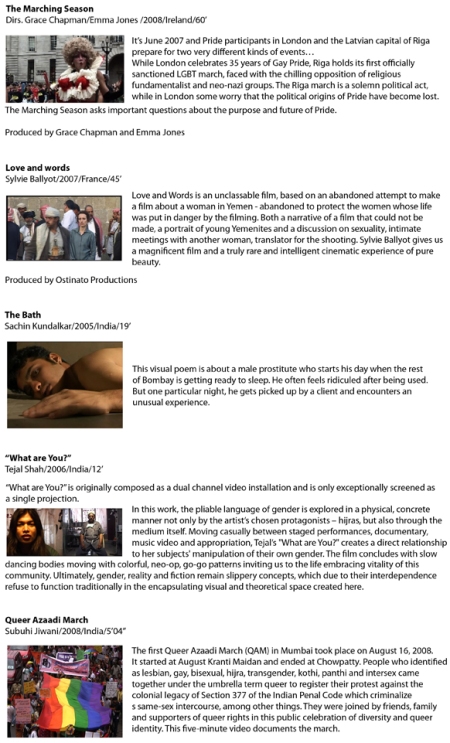The media’s coverage of the rape of the TISS student has left me with a despairing sense of deja vu. I should have developed a thicker skin after all these years of mainstream journalism but I’m still angry at the quality of reportage on crimes against women – shoddy, insensitive and insidious in its suggestions of the woman’s complicity in the crime against her..
Over the years, of course, the media has also become an even hungrier beast and keeps demanding more and more scraps to feed its insatiable appetite for news. In the newsroom, whenever some sensational (its a word I use grudgingly) incident occurs, there is intense pressure to dig out more and more information, to bring in different ‘angles’ and exclusive, breaking news. Some of my younger colleagues speak of how demanding the situation is in print media today, competing as it is with the immediacy and speed of broadcast media.
But I’m still unconvinced. The media’s appetite is a very poor excuse for shoddy journalism and most definitely for unethical coverage. In the reporting of the rape of the TISS student, Mumbai Mirror apologised for hurting reader sentiments when it reproduced the FIR. The tabloid however maintains that the FIR was a public document and it had every right to publish it.
Sure, it has the right to publish it. So does the DNA for supposedly initiating a debate on date rape. Or the Mid-Day for reproducing the blog by one of the friends of an accused that the latter was actually a good guy! The Indian Express gives a small report of the traces of cannabis in the girl’s urine while there isn’t even a line on the medical reports of the accused. (The TOI at least, reported the same news but pointed out that the presence of alcohol or drugs meant that the girl could not have put up any resistance. So much for small mercies).
So all these newspapers have rights. They have a right to inform the public, to uncover hidden facts and to get as close to the truth as possible…but just one correction – this is the media’s right, but it’ll also the media’s duty. It becomes a right when the media is prevented from getting at the truth or uncovering some information.The media has a duty to exercise its rights responsibly. And that’s not as subtle a difference as we may think. Its quite simple. Take a look at the Mumbai Mirror report on the FIR. It covers an entire page, with a a dark, blue illustration of the bowed head of a woman – a silhouette defeated and hidden in shame. And the headline: ‘Vinamra kept kissing me, though I told him to stop’.
In the entire FIR, was this the only sentence the newspaper could headline to indicate the girl’s resistance?
The publication of details of how the girl met the youth, how much she drank, who kissed her and fell asleep afterwards, how she woke up the next morning – this is voyeurism and builds up to actively destroy any empathy/sympathy for her.
I find this aspect of media coverage of assaults on women the most disturbing. The media digs out and highlights any supposed ‘transgression’ in the girl’s ‘character’ – whether she worked in some ‘questionable’ job or had ‘loose’ morals or dressed provocatively.
For the media, the issue isn’t only a matter of sensationalising the incident to sell more copies. It also operates at two levels – one, where police leak such information to deflect public opinion from any anger at the lack of safety and security for women and two, to insidiously claim that the crime was not as serious as it seemed as the girls asked for it by stepping out of line. When doubt is created about the gravity of the crime, the response to it is also muted and diffused.
Mathura was doubted for being a tribal who was sexually active, Surekha Bhotmange was a woman who was close to the local police inspector, Sunil More could pick a victim who went out with male friends, the post-mortem of the Jogeshwari nuns who were murdered said they had VD, Jessica Lal got shot because she didn’t make herself available to Manu Sharma, even the schoolgirl Arushi was painted as a fast girl….the list is endless.
Back to deja vu….
Geeta Seshu





 Posted by loudandproudblog
Posted by loudandproudblog 
